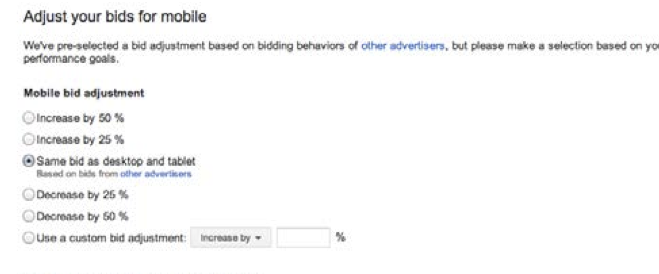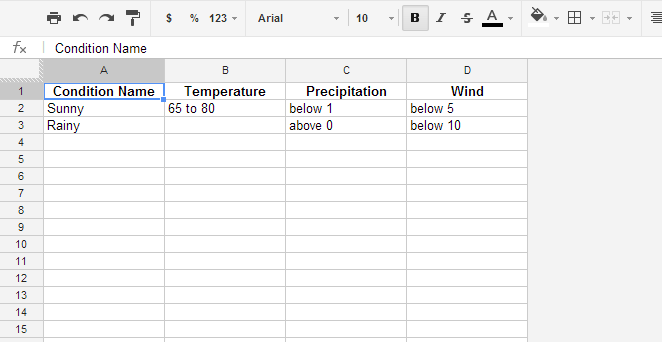Geo-targeting Google AdWords campaigns may be good for gathering relevant local traffic, but it presents an entire set of challenges. Volume is diminished when targeting specific locations, and this can look like a negative thing to your clients. Some searchers also limit their cookies and browsing information, and with Mozilla making their recent announcement to block cookies in their browser, it can be hard to get the information you need to geo-target more efficiently.
Apart from the standard geo-targeting methods, there are other techniques you can use to boost your AdWords campaigns. Try the following techniques and see your campaigns improving over time:
Geo-Targeting Based on Keywords

Bid Adjustment by Location
If you’ve been running your AdWords campaign for a while, then you have an idea of the volume of clicks and conversions you get per location. Using this information, you can adjust your bids to give enough allowance only for your expected PPC traffic from a given location.
For example, you have a campaign for a regular event where you get 25% traffic from Location A, 17% traffic from Location B, 14% traffic from Location C and 11% each for the remaining 4 locations. You can match your budget for each location based on these figures, allowing you to maximize your budget while still driving relevant traffic from all locations.
Mobile-Focused Geo-Targeted Campaigns

Using Google Scripts to Bid by Weather
AdWords scripts lets you set a custom bid by weather. This is useful for campaigns for clients whose service demand varies according to the weather, such as amusement parks, ski resorts, and similar establishments. You’ll need to set up the campaign bid adjustments, weather data conditions, and weather locations in spreadsheets, and Google will read and interpret all three spreadsheets and execute the rules you set. Check out the example given by Google:
The Takeaway: It’s Okay to Limit and Exclude
What you’ll learn from the techniques above and other techniques you may be using are:
- Being more specific with your geo-targeting parameters helps you get better results, and
- It’s okay to exclude in order to maximize your resources and reach audiences that are more likely to convert.
These are just some examples of how you can improve your Google AdWords campaigns. Talk to your account manager today, or sign up and become our partner to get more help.
I hope you’ve learned something useful today. Don’t forget to check out our private label SEO reseller program to see our PPC management solutions and our complete SEO suite. Keep checking back for more updates and tips!




